Germany : Strong Policies Drive Market Growth
Germany holds a commanding 4.5% market share in the European smart solar sector, valued at approximately €12 billion. Key growth drivers include robust government incentives, such as the Renewable Energy Sources Act (EEG), which promotes solar energy adoption. Demand is surging due to increasing energy costs and a societal push for sustainability. Infrastructure investments in solar technology and grid enhancements further bolster this growth.
UK : Innovative Financing Fuels Adoption
The UK solar market, with a 2.8% share, is valued at around €7.5 billion. Growth is driven by innovative financing models, such as Power Purchase Agreements (PPAs), and government support through the Feed-in Tariff scheme. Demand is increasing in urban areas, particularly London and Manchester, where energy efficiency is a priority. The UK is also focusing on energy storage solutions to complement solar installations.
France : Diverse Applications Enhance Growth
France's solar market, holding a 2.5% share, is valued at approximately €6.5 billion. The growth is fueled by diverse applications, including residential, commercial, and agricultural solar solutions. Government initiatives like the Multiannual Energy Program (PPE) aim to increase solar capacity significantly. Urban centers like Paris and Marseille are leading in installations, driven by local policies promoting renewable energy.
Russia : Government Support Sparks Interest
Russia's solar market, with a 1.8% share, is valued at about €4.5 billion. Key growth drivers include government support through the Renewable Energy Law, which encourages investment in solar projects. Demand is rising in regions like Krasnodar and Tatarstan, where solar farms are being developed. The competitive landscape includes local players and international firms looking to capitalize on untapped potential.
Italy : Strong Consumer Demand Drives Growth
Italy's solar market, holding a 1.6% share, is valued at approximately €4 billion. Growth is driven by strong consumer demand for energy independence and government incentives like the Conto Energia program. Regions such as Lombardy and Sicily are key markets, with a high number of installations. The competitive landscape features both local and international players, focusing on residential and commercial sectors.
Spain : Favorable Climate Boosts Installations
Spain's solar market, with a 1.2% share, is valued at around €3 billion. The growth is driven by favorable climatic conditions and government initiatives like the National Integrated Energy and Climate Plan (PNIEC). Key markets include Andalusia and Catalonia, where solar farms are proliferating. The competitive landscape includes major players like Trina Solar and JinkoSolar, focusing on utility-scale projects.
Rest of Europe : Emerging Opportunities Across Regions
The Rest of Europe holds a 0.49% market share, valued at approximately €1.2 billion. Growth is uneven, with countries like the Netherlands and Belgium showing promise due to supportive policies and increasing consumer awareness. Demand trends vary, with a focus on residential installations in urban areas. The competitive landscape includes both local and international players, adapting to regional needs and regulations.


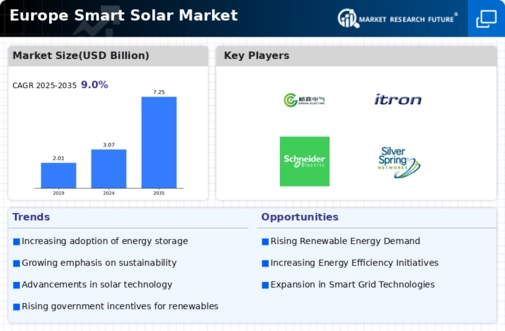
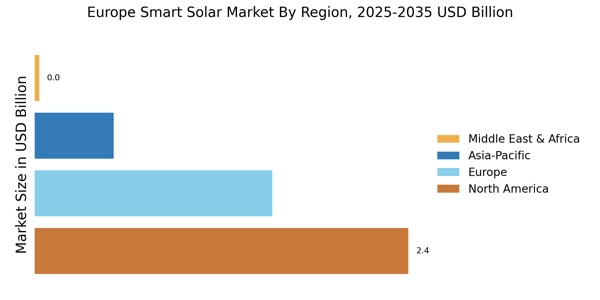
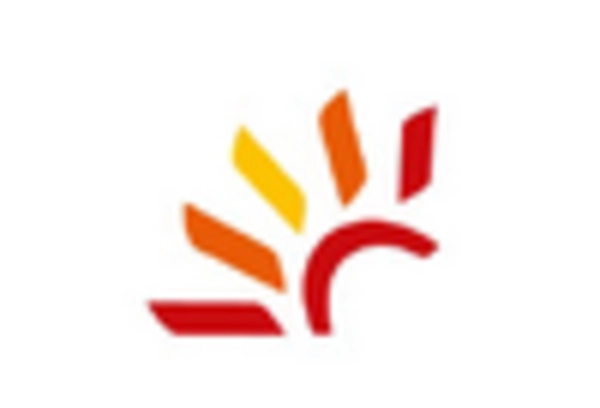

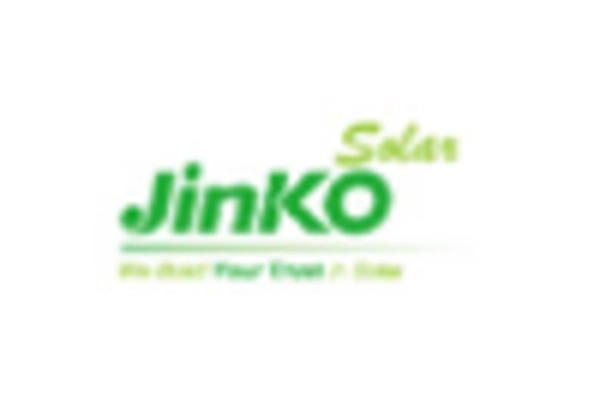
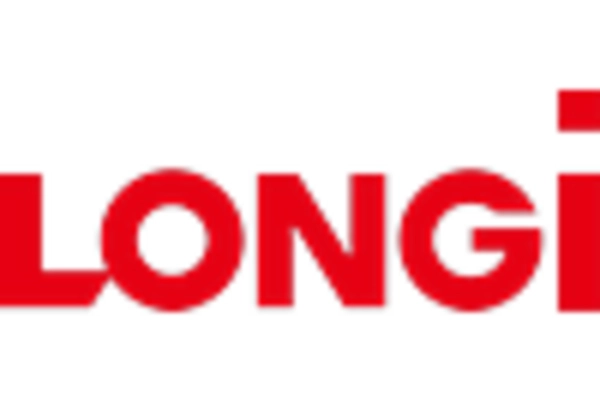

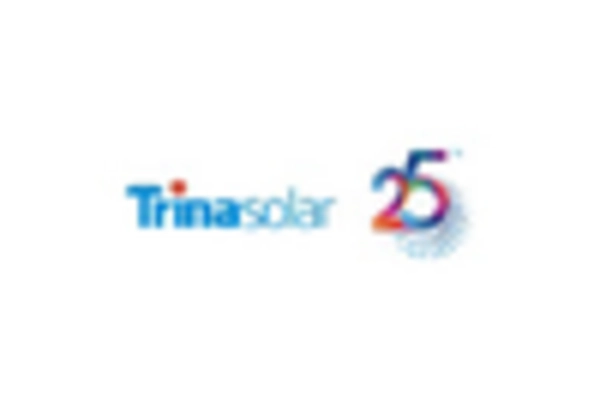








Leave a Comment